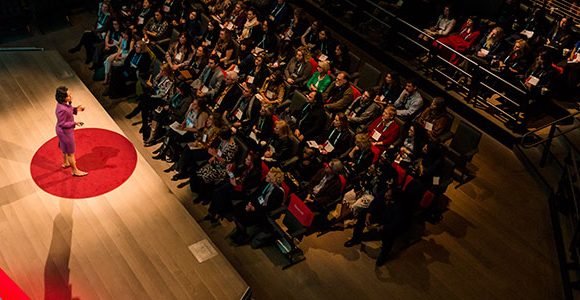The way we think about fitness spaces is changing. Modern gyms are evolving from simple rooms filled with equipment into thoughtfully designed environments that prioritise both the user’s wellbeing and the planet’s health. In Australia, this shift is influencing a new generation of sustainable and functional gym designs.
This move towards eco-conscious construction and operation considers everything from energy consumption to the materials used in the building process. For new and existing facilities, the focus is on creating spaces that are not only efficient and inviting but also have a minimal environmental footprint. Smart planning during commercial gym fitouts is essential to achieving these goals, setting the stage for a healthier future.
Creating a truly forward-thinking fitness facility means integrating sustainability into its very core. This approach goes beyond a few recycling bins; it involves a holistic view of the gym’s entire lifecycle, from initial design and construction to daily operations and eventual decommissioning. The result is a space that supports community health while respecting the natural environment.
The Core of Sustainable Gym Design
At the heart of sustainable gym design is the smart use of resources. This starts with energy efficiency. Large windows that allow for natural light can significantly reduce the need for artificial lighting during the day. Installing LED lights and motion sensors further cuts down on electricity use. For the Australian climate, effective insulation and passive cooling designs, such as cross-ventilation, are vital for maintaining comfortable temperatures without relying heavily on air conditioning.
Water conservation is another important element. Low-flow taps and showers in changing rooms can drastically reduce water consumption. Some innovative gyms are even installing rainwater harvesting systems to supply water for cleaning or flushing toilets, a practical solution for a country that often faces water shortages.
Materials and Equipment for the Modern Gym
The materials chosen for a gym have a huge impact on its sustainability. Using recycled, reclaimed, or locally sourced materials helps to lower the carbon footprint associated with transport and manufacturing. Think polished concrete floors made with recycled aggregate, feature walls made from reclaimed timber, or reception desks built from sustainable bamboo. These choices add unique character while being kind to the environment.
When it comes to equipment, the trend is moving towards self-powered machines. Treadmills, ellipticals, and stationary bikes that generate their own power reduce electricity demand. Others are designed for longevity and easy repair, moving away from a disposable culture. Selecting durable, high-quality equipment means less waste and fewer replacements over time.
Functionality Meets Future-Proofing
A sustainable gym must also be highly functional. This means creating flexible spaces that can adapt to changing fitness trends. Open-plan layouts with movable partitions allow for different types of classes, from yoga to high-intensity interval training, to coexist. Integrating technology, such as apps for class booking or monitoring personal progress, enhances the user experience and can also help manage facility resources more effectively. By focusing on these principles, gym owners across Australia can build facilities that are not only prepared for the future but actively help to shape a healthier one.









